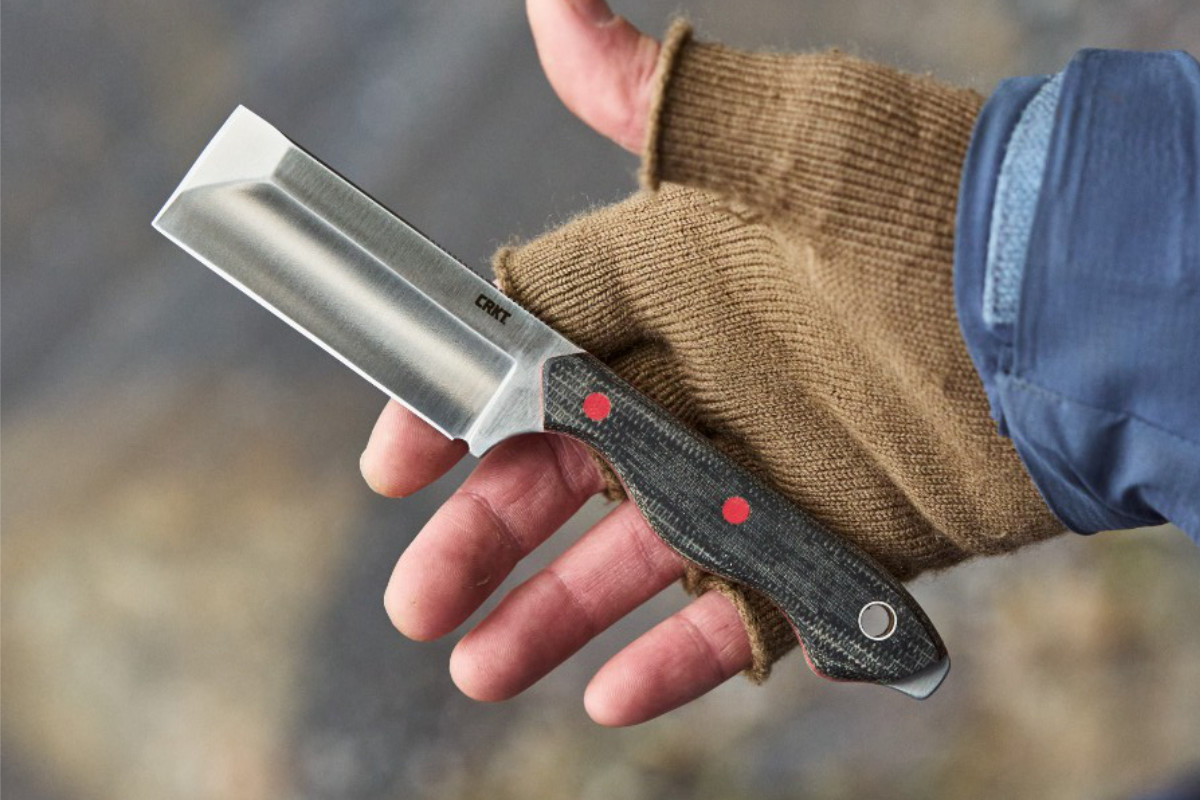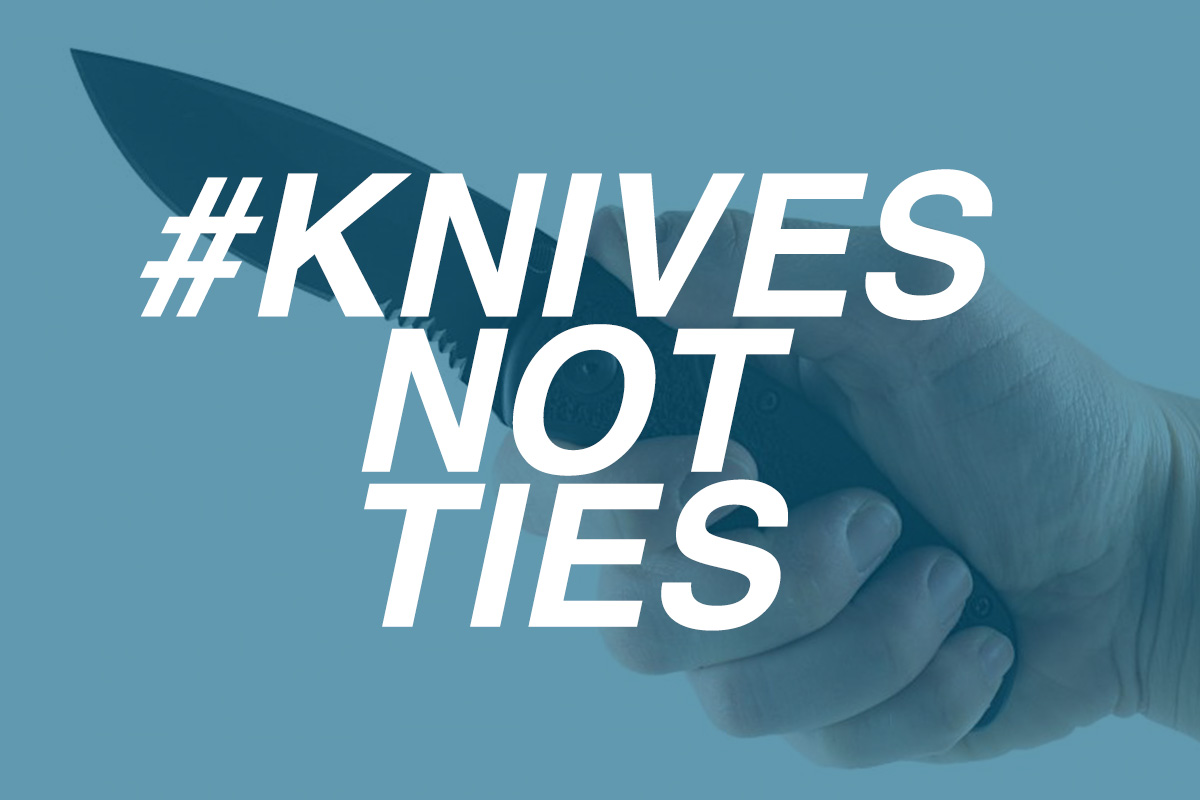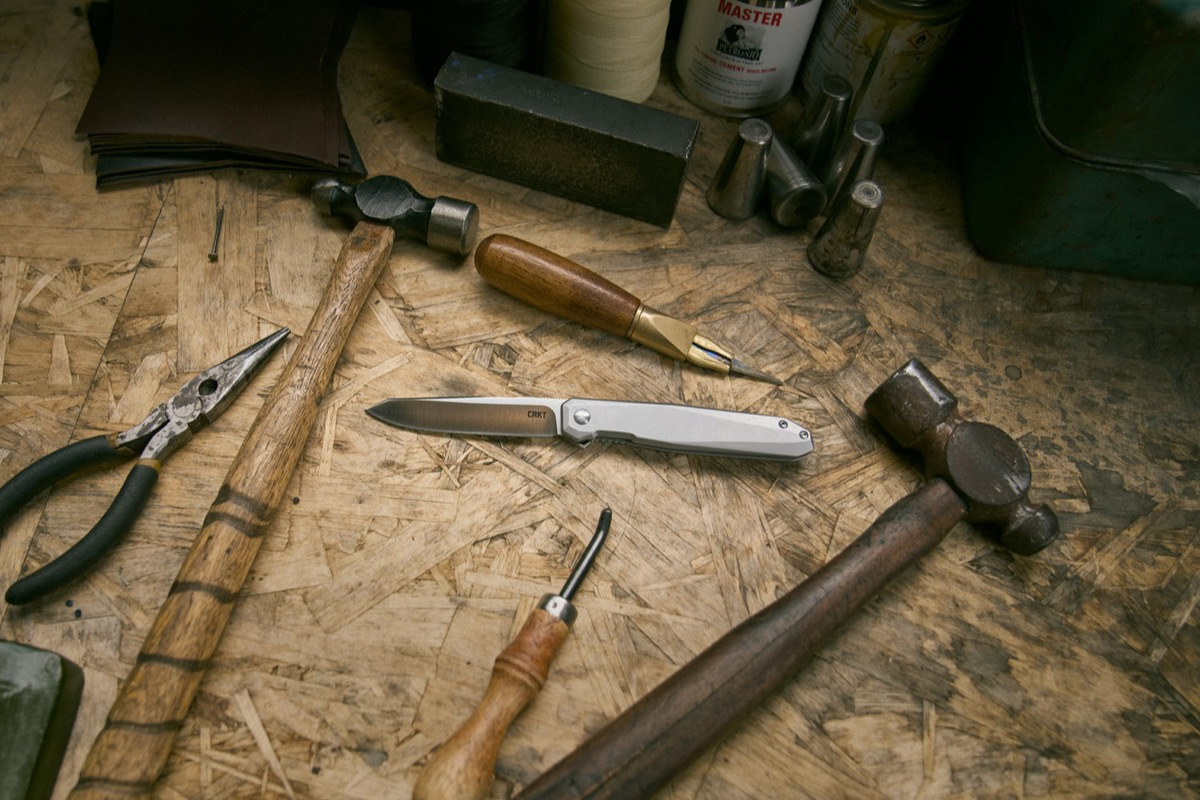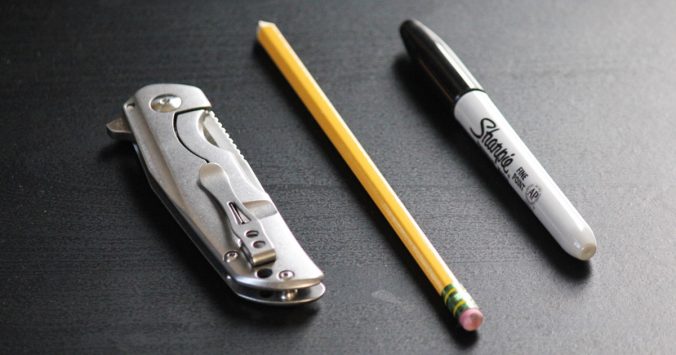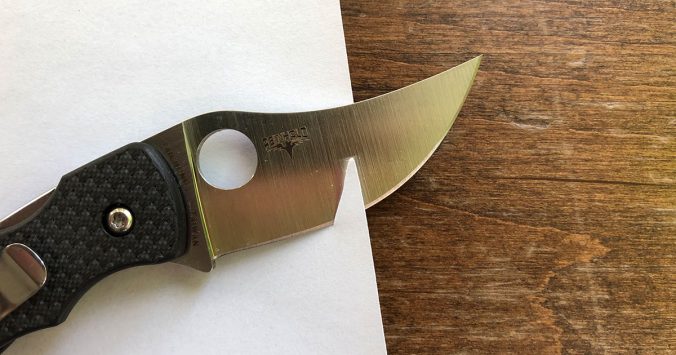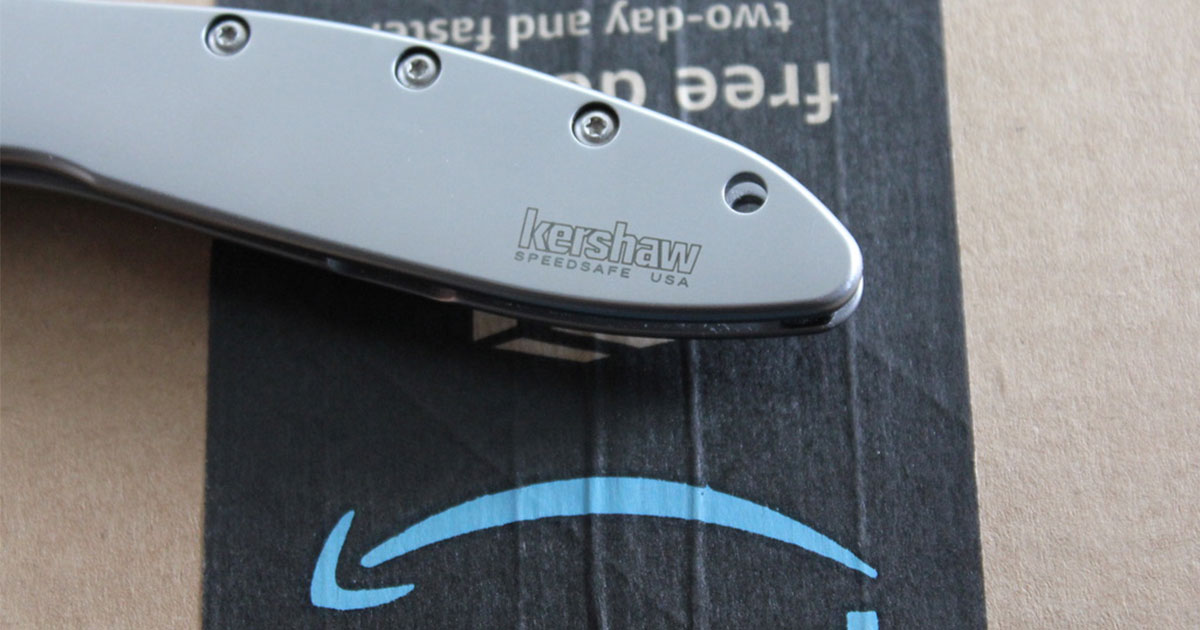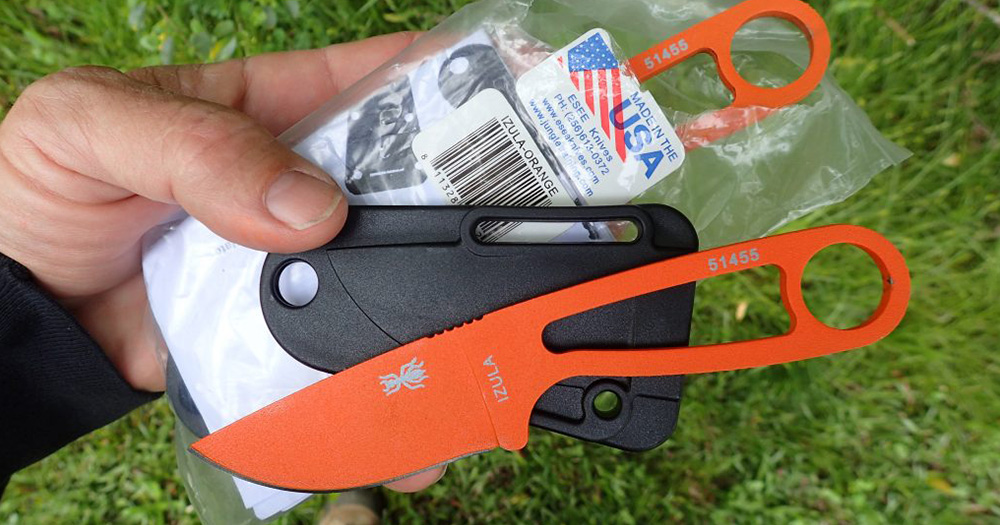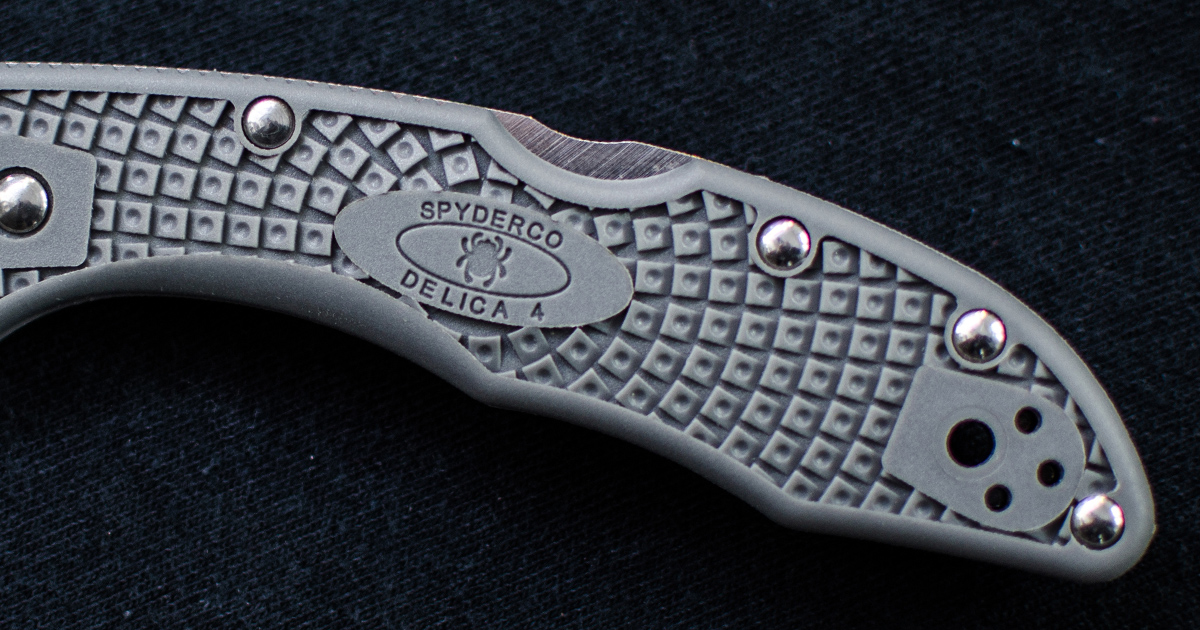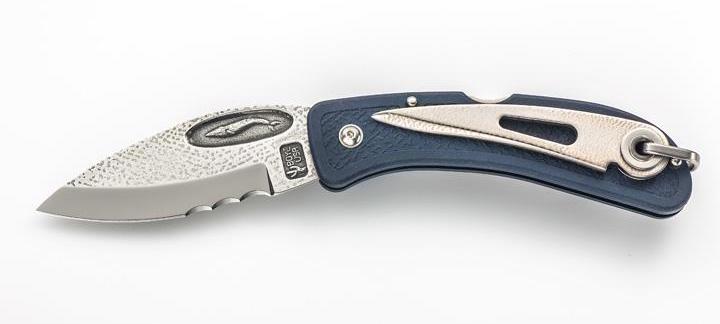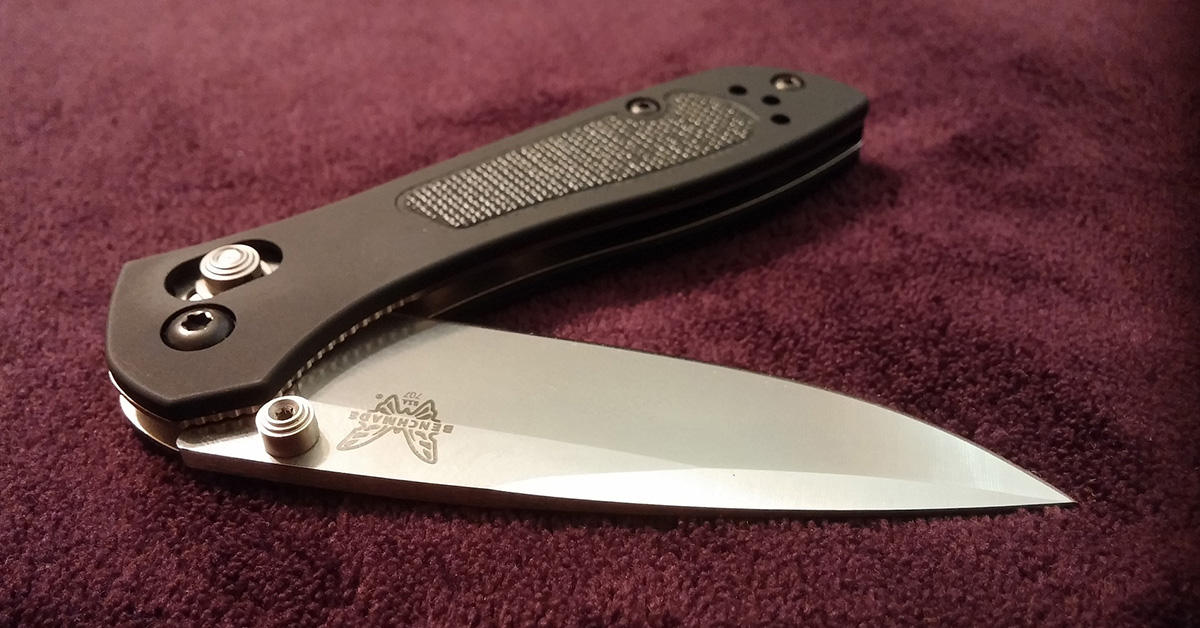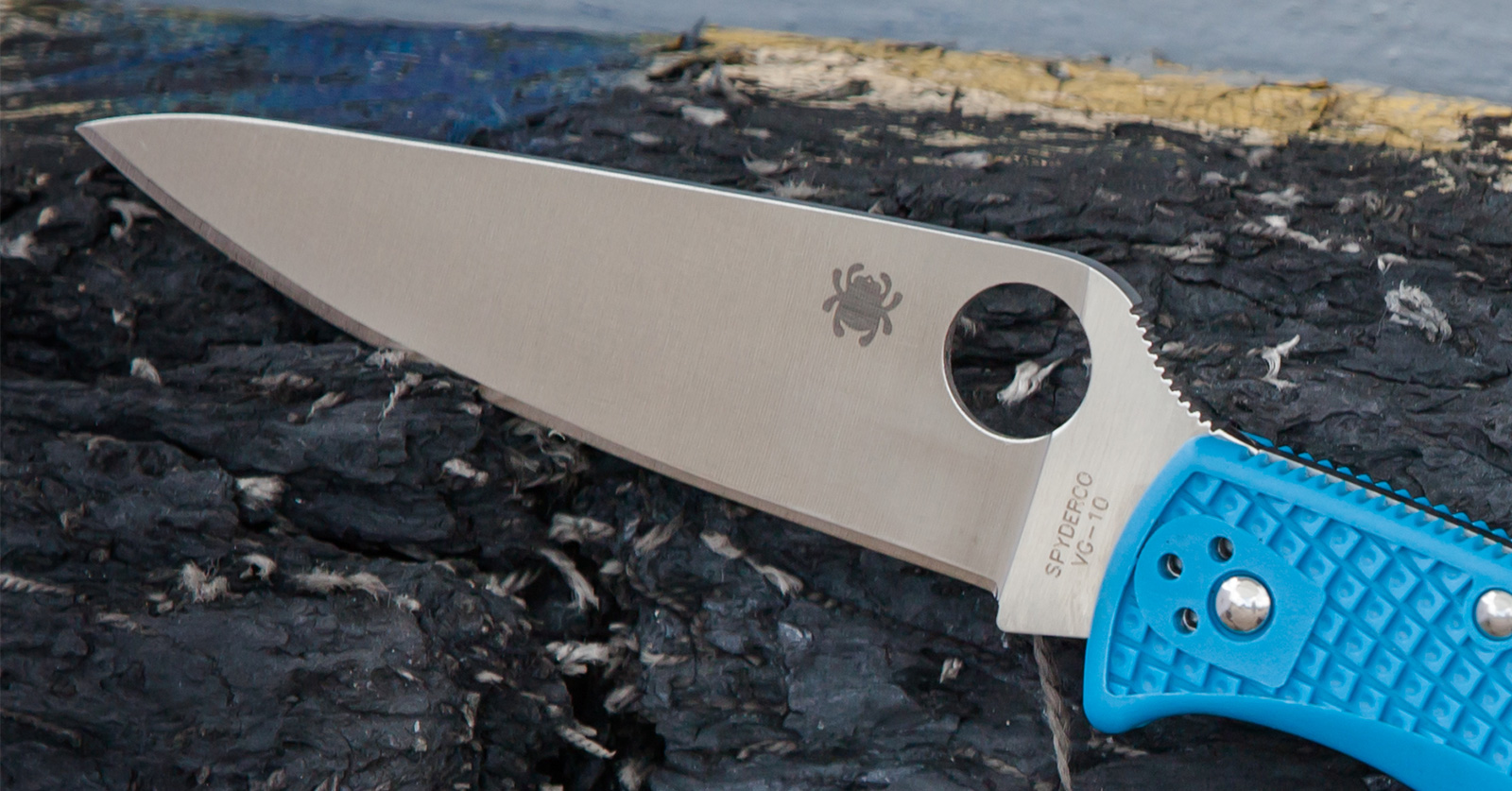
We’ve all experienced it. You had your favorite knife for years—say a Kershaw Groove. You used the hell out of it. You took it to your wedding. You carried it every day for the last 10 years. Maybe you even used it to cut your first born son’s umbilical cord.
Then it finally gives way and simply stops working.
But when you go to Knife Depot to buy another, you find out it’s no longer in production. You drop to your knees, raise your fists to the sky, and curse the gods for such cruelty.
Maybe it doesn’t happen quite like that, but discontinued knives are a sad reality for knife fans.
So why do some of our favorite knives get the boot? Several reasons abound, including some that may surprise you.
1) It no longer makes money.
We’ll start with the most obvious reason why a knife might be discontinued. It’s not a moneymaker. This is actually a lot more complicated than it sounds, so we’ll break it up into different facets.
The knife sold poorly from the start.
Companies tend to release a slew of knives each year. Some hit the mark and others miss it by a mile. There will usually be people who buy every knife, but that’s not always enough to sustain the continued production of a product line.
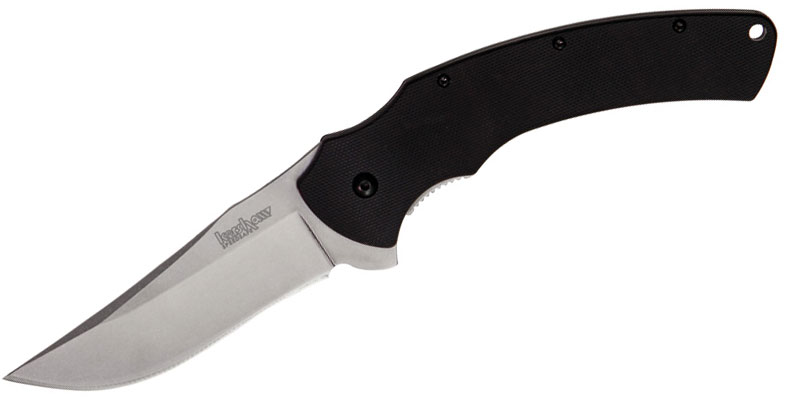
Discontinued Kershaw Tremor
The Kershaw Tremor is one of those knives that came and went in only a few years, most likely due to poor sales. Not long into its run, the price of the Tremor dropped significantly. It went away quietly.
The knife sees fewer and fewer new sales.
Extremely popular knives are also discontinued, thanks to the idea of a product’s life cycle. Say a new knife comes out that’s exceptionally popular—the Starbird. The Starbird has huge, record sales when it first comes out and it’s the talk of the town. Sales continue to rise and rise. Eventually, the number of sales will reach a peak. As everyone who wants the Starbird has already bought it (market saturation), sales will begin declining.
Continue reading
